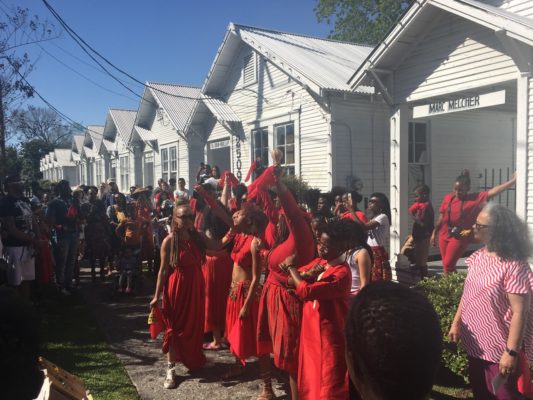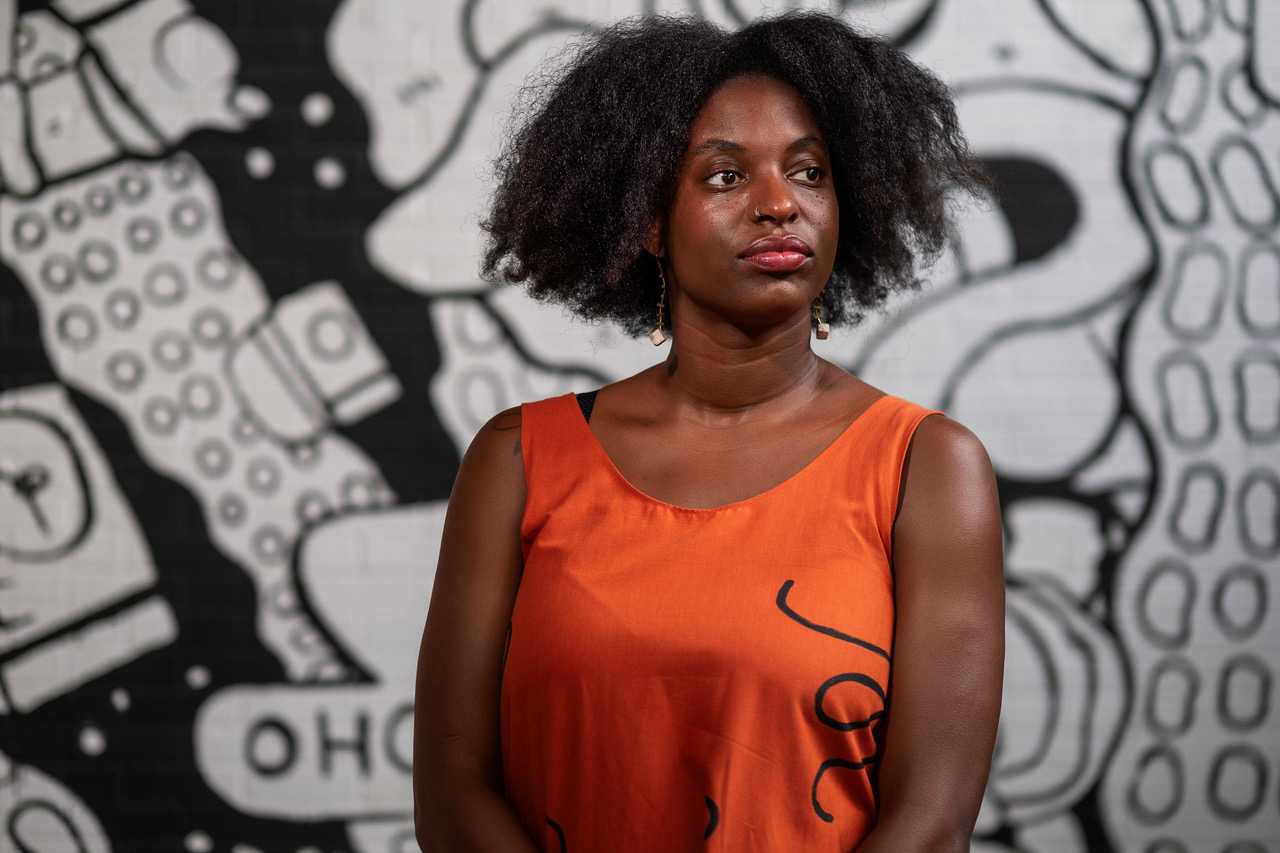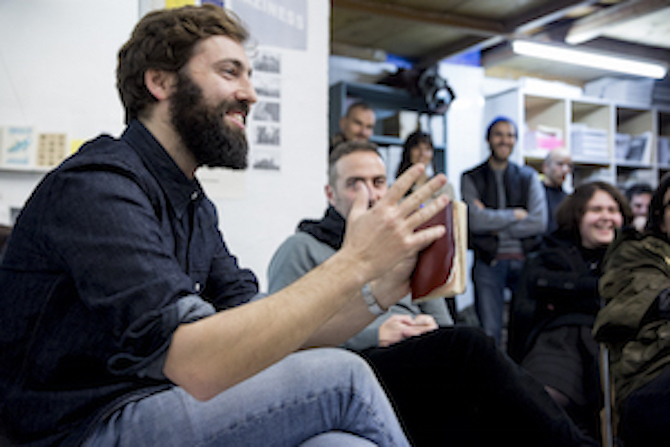Search
To search for an exact match, type the word or phrase you want in quotation marks.
A*DESK has been offering since 2002 contents about criticism and contemporary art. A*DESK has become consolidated thanks to all those who have believed in the project, all those who have followed us, debating, participating and collaborating. Many people have collaborated with A*DESK, and continue to do so. Their efforts, knowledge and belief in the project are what make it grow internationally. At A*DESK we have also generated work for over one hundred professionals in culture, from small collaborations with reviews and classes, to more prolonged and intense collaborations.
At A*DESK we believe in the need for free and universal access to culture and knowledge. We want to carry on being independent, remaining open to more ideas and opinions. If you believe in A*DESK, we need your backing to be able to continue. You can now participate in the project by supporting it. You can choose how much you want to contribute to the project.
You can decide how much you want to bring to the project.

Ryan, this time of COVID-19 crisis brings challenges that will force us to rethink many aspects of our daily life. But, at the same time, it is intensifying some of the most urgent matters we already had in our societies: the crisis affects differently depending on geography, social class, gender or race. And, as we are witnessing these days with the anti-racist protests after George Floyd killing by a white police officer, some events light the flame of protest event in this situation. In this regard, how are you living the revolts, and how do you see the future? Do you think it will bring a change in terms of the structural racism we are living in?
This is no doubt an interesting and unprecedented moment in time but the reality is, all that is going on, has been festering and brewing for years. This is not new, it is just amplified. I am glad that now, in 2020, people have no excuse to not see what is going on unless they truly don’t want to. I am living through this moment trying as best as I can to care for myself, my family and my community because that is a radical act in itself. I have given financial support to a few different organizations that are doing social justice and health justice work. I am checking on people and extending grace as much as possible. I have also had a lot of personal transition during this time so I have been observing and listening more to really understand the moment.
Everyday seems so different and my emotions reflect that but I am hopeful that structural change will prevail. It won’t happen overnight or next year but I think things are being exposed in a way that the fight will continue and people won’t stop until the systems are broken apart and rebuilt.
Thinking about the social distance Era we are entering, the importance of community projects, support networks and care structures in our present and future daily life is still more clear for me. Since 2017 you have been curator and programs director at Project Row Houses in Houston, a community platform located in one of the city’s oldest African-American neighborhoods, that aims to enrich lives through art with an emphasis on cultural identity and its impact on the urban landscape. What do you think is the importance of these kind of grass-root projects for the evolution of the community and the political identity movement? and how was the experience of working as a curator there?
Project Row Houses (PRH) is an important organization because of how it has persisted throughout the years. It was founded by a group of artists and it maintains an important architectural iconography that is so important especially now because the neighborhood (Third Ward) is changing at a rapid pace. PRH gives possibility when things look and feel impossible. It offers support and resources to residents and the PRH community and it allows for one to imagine new ways of seeing while encouraging the use of creativity as a strategy for one’s life. PRH was a magical place for me to work and contribute. It is rare when you can work at a place that is aligned with your radical politics, values and dreams, and PRH was that for me for a long time.
Grassroot projects are a necessity and I wish that more funding would go to support their work and the people that they are supporting. Typically smaller, grassroots organizations are working on the ground, with the people and have an opportunity to have a more substantial impact. I keep thinking about organizations like, the Community Artists’ Collective, based in Houston, TX The Laundromat Project and Weeksville Heritage Center, both in New York City – they have been incredibly inspiring for me over the years because they work hard and for the people. The commitment they have for artists, history, shaping narratives, and supporting residents in the communities they work in is impressive.

Ryan N. Dennis (Photo: Charles A. Smith)
Yes! Time is really important, and regarding this kind of project they are meaningful when they are able to persist throughout the years, as you said. In fact, when we speak about curating, we speak about ideas, concepts and contents, but also about working and living structures, rhythms and models. How do you understand your curatorial practice? And which do you think is the role of curating in the social change scenario we are entering?
My curatorial is an ever-evolving one! It is steeped in staying curious and being a resource and support to as many artists and cultural workers as possible. I am committed to working with Black artists, people of color and those individuals that have historically been on the margins – they are my center. As a curator, I think of myself as an advocate but also a co-conspirator with the artist. I am here to learn and I reject the idea of being a gatekeeper because I want to be as inclusive and build supportive networks/ bridges as much as possible. I also believe my role as a curator is to create new systems and structures within and outside of the institution. The art is a multi-layered microcosm that needs active disruption!
As a curator I’ve always supported and organized exhibitions and projects with artists and collectives that have social justice learning practices so I will maintain and push even harder to organize projects that are important and political. I think what will be challenging is how to “social practice” when we can’t be in close proximity with each other. I have been thinking about what the state of community based practices is when we have social distance – I have been thinking about this since the pandemic started and still have no answer. I just know that will impact that type of work drastically.
The public space has been one of the arenas where Project Row Houses art program has been developed. Since the beginning it has sought to engage artists in a process that connects them directly with residents, neighborhood institutions. What is the importance of the public space in the construction of a particular community? and how did you develop the art program in relation with the local context?
PRH is embedded in a neighborhood which means that it’s public space is there for the community that it exists in. I don’t see them as different. I see them as reciprocal, there is an ongoing exchange that shouldn’t be divorced from one another. The art program was developed when the organization started in 1993 and the first exhibition that took place was entitled Drive-By, it was inherently political because it addressed a social issue, drive-by’s happening in the neighborhood, but also engaged curious passerbyers. I entered into an organization knowing that there was a strong foundation laid and it was important for me to amplify the work. I recentered black contemporary artists, focused on women and feminist/ womanist histories, created exchanges and fellowships and worked with leadership to expand the PRH brand globally.
How do you manage the usual tension between contemporary art world and political and social movements? how do you work with artists in an honest dialogue with the communities?
This is an interesting question and the reality is I don’t think I manage the tension. I let them be what they are because my justice work and being in support of artists who work within that space is contemporary whether people like it or not. It’s important to not have everything be “managed” or “controlled” as I see this as an act of white supremacy. I work with artists who are sensitive to community and understand the exchange that should exist. I also think it is a healthy practice to work with artists and community through a span of time – time allows for building and expressions of what each desire, that is when the real, honest conversations happen. It is a fine line but being sensitive and thoughtful is a priority for me to facilitate.
You have recently been appointed Chief Curator and Artistic Director of the Mississippi Museum of Art, an institution with a strong commitment to equity and inclusion and on providing a civic space where the community can engage and explore the complexities and challenges of the past of the South through the lens of art and artists. In a different context, and in a maybe more institutional museum, but with similar preoccupations on the horizon, how do you face this new challenge in your career?
I was hired at the Mississippi Museum of Art because I have demonstrated that I am committed to diversity, equity and inclusion. The Museum is proactively working on both the internal and external structures to contribute to a better art ecosystem. I don’t see my work there as a challenge but rather an opportunity to keep expanding and pushing for a more equitable and just way of working now and into the future. Through exhibitions, building my department, revising our acquisition and collecting policy there is so much good work that needs to be done. Congressman John Lewis passed away a few days ago and in his words, I am here to make good trouble!
After these days of virus spread, disease and global lockdown, we really need to imagine ways of being even more together in our daily life. We need to build stronger communities, bigger families, closest neighborhoods… we should weave alliances among different local communities, and we have to be more present for the others, take care of the people around us, and reclaim the public common resources to the states. How do you envision the near future related to those topics, and which do you think is the place of art within them?
Yes, I agree with what you said and I firmly believe we need to find better ways to deal with our personal finances. I live in a capitalistic society and the reality is, money talks. Impacting the economy can have a profound impact if people would really think about how they are spending their dollars and where. I am very interested in group economics, building sustainable futures with a community you love and trust, purchasing land, eating off the land, shopping local, etc. It may sound a little hippy dippy but I can’t stress how important it is! I think we need to prioritize this and engage as creatively as possible.
*Ryan N. Dennis has recently been appointed as the Chief Curator and Artistic Director for the Center for Art and Public Exchange at the Mississippi Museum of Art. Prior to this she held a position at Project Row Houses as the Curator and Programs Director for 8 years. Her work focuses on African-American contemporary art with an emphasis on socially-engaged practices, site-specific projects, and public interventions. She is deeply interested in the intersection of art and social justice while creating equitable opportunities for artists to thrive in their work.
(Featured Image: Round 46: Black Women Artists for Black Lives Matter. Project co-organized by Ryan N. Dennys and Simone Leigh at the Project Row Houses, Houston)

Juan Canela is chief curator is at the Museo de Arte Contemporáneo de Panamá. He works with artists and other people. He understands curatorial practice as a practice in which ideas, concepts and contents come into play, but also working structures, rhythms, models and ways of life. If it seems that there is no possible future, perhaps from here we can close our eyes and intuit one.
"A desk is a dangerous place from which to watch the world" (John Le Carré)